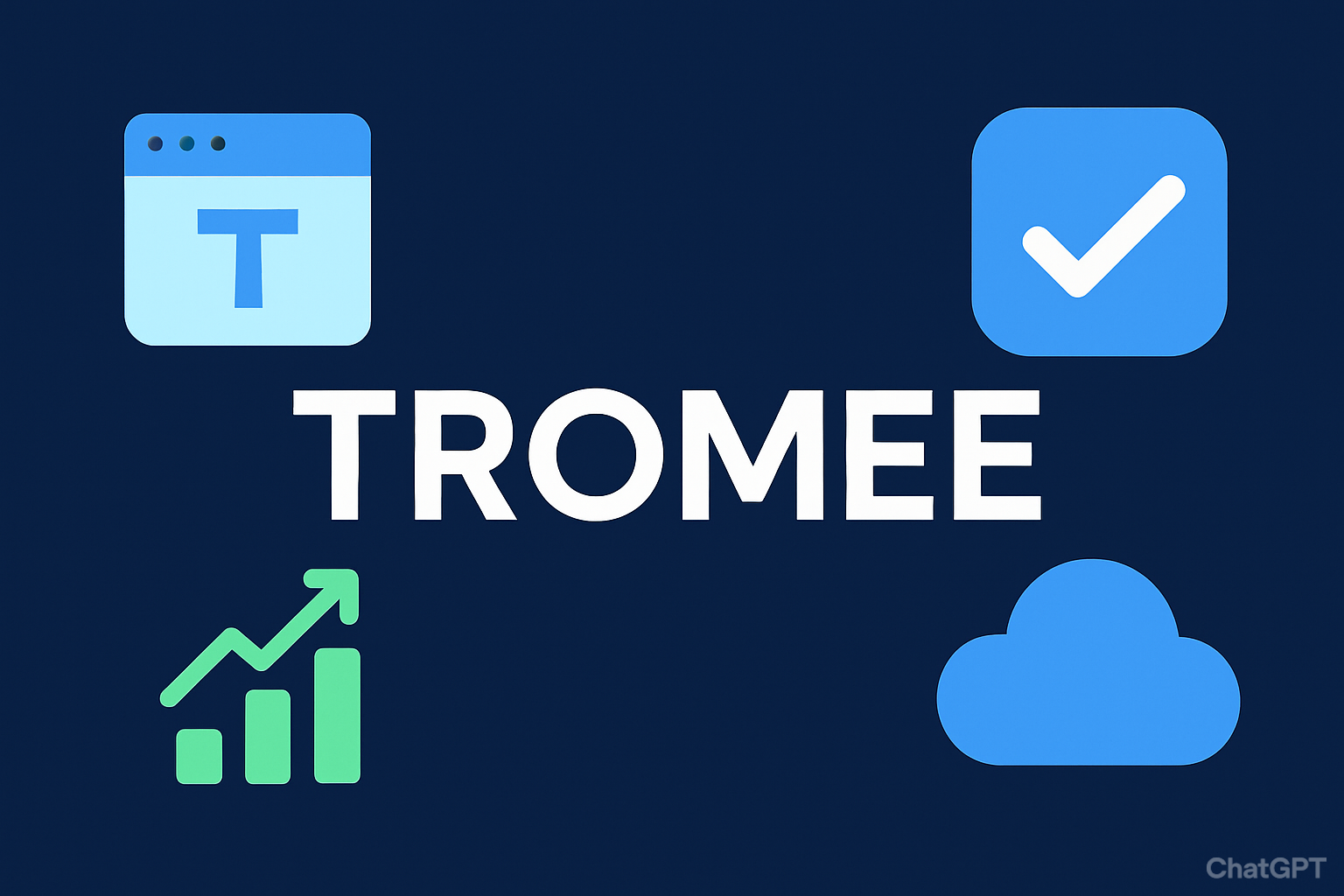Effective communication is the backbone of a productive and harmonious workplace. Whether you are collaborating on projects, giving instructions, or resolving conflicts, strong communication skills help ensure clarity, reduce misunderstandings, and foster a positive work environment.
Employees who communicate effectively can build better relationships, enhance teamwork, and improve overall job satisfaction.
In today’s fast-paced and diverse workplace, communication is not just about speaking or writing—it also includes active listening, emotional intelligence, adaptability, and the use of technology. This article explores seven key strategies for improving workplace communication and achieving professional success.
1. Master Active Listening
Active listening goes beyond simply hearing what someone says. It involves fully engaging with the speaker, understanding their message, interpreting it correctly, and responding thoughtfully. This skill fosters stronger relationships and builds trust among colleagues, leading to a more cohesive work environment.
Active listening is also essential for promoting two-way communication in the workplace. When employees and managers actively listen to each other, it ensures that both parties are heard and understood, fostering a more collaborative and open environment. By listening attentively and responding appropriately, communication becomes a two-way exchange rather than a one-sided monologue.
Key Elements of Active Listening:
- Give Full Attention: Focus entirely on the speaker and eliminate distractions, such as checking emails or looking at your phone.
- Maintain Eye Contact: Demonstrating attentiveness through eye contact signals respect and engagement.
- Ask Clarifying Questions: If anything is unclear, ask questions to ensure you understand the speaker’s intent.
- Summarize Key Points: After the conversation, briefly recap what was discussed to confirm mutual understanding.
Why It Matters:
- Strengthens professional relationships and builds trust.
- Reduces misunderstandings and enhances clarity in communication.
- Encourages open and honest dialogue, improving collaboration and teamwork.
2. Use Clear and Concise Language
Clarity is essential when conveying information in the workplace. Miscommunication can lead to inefficiencies, errors, and frustration. Whether in emails, meetings, or casual discussions, simple communication ensures better comprehension.
Tips for Clear and Concise Communication:
- Avoid Jargon: Use simple language to ensure accessibility to all colleagues, regardless of their expertise level.
- Be Specific: Clearly define tasks, deadlines, and expectations to prevent confusion.
- Get to the Point: Eliminate unnecessary details and focus on the essential information.
Benefits:
- Reduces the need for follow-ups and clarification.
- Improves productivity by ensuring that instructions and messages are well understood.
- Enhances professionalism and credibility in communication.
3. Leverage Technology for Better Communication
In today’s digital workplace, technology plays a critical role in facilitating communication, particularly in remote and hybrid work environments. Using the right tools can streamline workflows and improve efficiency.
Tools to Improve Communication:
- Instant Messaging Platforms: Slack, Microsoft Teams, and other messaging apps enable real-time communication.
- Video Conferencing: Zoom, Google Meet, and Microsoft Teams help maintain face-to-face interaction, even remotely.
- Project Management Software: Tools like Trello, Asana, and Monday.com ensure alignment on tasks and deadlines.
Advantages:
- Enhances collaboration across different locations and time zones.
- Provides centralized platforms for communication and document sharing.
- Reduces email overload and improves response time.
4. Foster a Feedback Culture
Feedback is essential for growth, development, and continuous improvement in the workplace. A feedback-rich environment encourages learning, enhances performance, and fosters a culture of open communication.
Ways to Foster Feedback:
- Be Open to Receiving Feedback: Encourage colleagues to share constructive criticism and insights.
- Provide Regular and Constructive Feedback: Offer praise where deserved and suggest improvements where necessary.
- Create a Safe Space for Feedback: Ensure employees feel comfortable sharing their thoughts without fear of negative consequences.
Why Feedback is Important:
- Helps employees refine their skills and work more effectively.
- Strengthens relationships by promoting transparency and trust.
- Enhances problem-solving and innovation by encouraging diverse perspectives.
5. Adapt Your Communication Style
Not everyone communicates the same way, and different situations require different approaches. Being able to adjust your communication style improves understanding and reduces conflicts.
How to Adapt:
- Know Your Audience: Tailor your language, tone, and approach based on whom you are speaking with.
- Adjust for Different Mediums: Emails may require formal language, while casual chats can be more informal.
- Be Mindful of Tone: A professional but friendly tone fosters better workplace interactions.
Benefits:
- Ensures that messages resonate with diverse colleagues and stakeholders.
- Enhances workplace relationships by promoting mutual respect and understanding.
- Reduces misunderstandings and improves overall efficiency.
6. Encourage Two-Way Communication
Communication should not be a one-way process. Encouraging open dialogue allows for better engagement, collaboration, and problem-solving.
Ways to Encourage Two-Way Communication:
- Ask Questions: Use open-ended questions to promote discussion and idea-sharing.
- Listen to Understand: Focus on genuinely understanding others’ viewpoints rather than just preparing your response.
- Encourage Contributions: Foster an inclusive environment where all employees feel valued and heard.
Why It Matters:
- Promotes a culture of inclusivity and respect.
- This leads to better decision-making by incorporating diverse perspectives.
- Enhances employee morale and job satisfaction.
7. Practice Empathy and Emotional Intelligence
Emotional intelligence (EQ) plays a crucial role in workplace communication. Being aware of your own emotions and those of others allows you to respond appropriately and foster a positive work environment.
Key Aspects of Emotional Intelligence:
- Self-Awareness: Recognize your emotions and how they affect communication.
- Empathy: Understand and respect the feelings of others.
- Self-Regulation: Manage emotions to maintain professionalism and composure.
- Social Skills: Build strong relationships and navigate workplace conflicts effectively.
Why It’s Important:
- Helps de-escalate conflicts and build stronger connections.
- Creates a supportive and inclusive workplace culture.
- Improves teamwork and collaboration by fostering mutual respect.
The Role of Non-Verbal Communication in the Workplace
Non-verbal communication is an essential component of how we interact in the workplace. It complements verbal messages and often conveys more than words alone. Being aware of your body language and interpreting others’ non-verbal cues can significantly enhance communication.
Key Aspects of Non-Verbal Communication:
- Body Language: Your posture, gestures, and movements can indicate openness, confidence, or defensiveness. For example, crossing arms may signal resistance, while an open posture suggests approachability.
- Facial Expressions: Smiling, frowning, or raising your eyebrows can convey a range of emotions. A smile, for instance, can help create a friendly, welcoming atmosphere, while a furrowed brow might indicate confusion or concern.
- Eye Contact: Maintaining eye contact shows engagement and interest while avoiding eye contact can be interpreted as disinterest or even dishonesty. However, cultural differences should be considered when interpreting eye contact.
- The tone of Voice: Your tone, pitch, and pace can communicate your feelings about a topic. A calm, steady tone can show confidence, while a raised voice may indicate frustration.
- Gestures: Simple gestures like nodding can indicate understanding, while more significant hand gestures may emphasize a point or indicate enthusiasm.
Why It Matters:
- Non-verbal cues help convey emotions, intentions, and attitudes.
- Misreading or ignoring these signals can lead to misunderstandings.
- Being mindful of non-verbal communication fosters more effective and respectful interactions in the workplace.
Conclusion
Effective communication in the workplace is essential for fostering collaboration, improving efficiency, and maintaining a positive work environment.
By mastering active listening, using clear and concise language, leveraging technology, fostering feedback, adapting communication styles, encouraging two-way dialogue, and practicing emotional intelligence, employees and leaders alike can create a more productive and harmonious workplace.
These seven strategies not only enhance day-to-day interactions but also contribute to long-term career success.
By consistently improving communication skills, professionals can build strong relationships, prevent misunderstandings, and drive overall organizational growth. Implement these tips, and you’ll see a noticeable difference in your workplace communication and overall effectiveness.

















